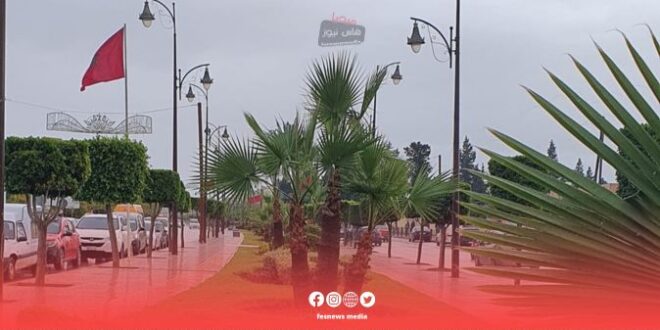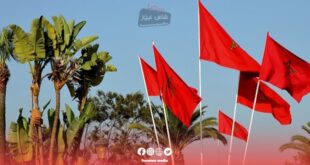Morocco’s Eastern Region has experienced heavy rainfall over the past two weeks, leading to a significant increase in dam reserves and reviving farmers’ hopes for a promising agricultural season. According to an official report, the average rainfall reached 17 mm during the period from August 28 to September 13, marking a 147% increase compared to the same period last year.
The Figuig province benefited the most from this rainfall, recording 108 mm, followed by Jerada province with 52 mm, and then Oujda-Angad prefecture with 45 mm. In contrast, the provinces of Nador, Berkane, and Driouch recorded rainfall not exceeding 2 mm.
Mohamed El Yacoubi, the Regional Director of Agriculture for the Eastern Region, told the Maghreb Arab Press Agency: “Dam reserves have increased from 155 million cubic meters to 288 million cubic meters, an increase of 133 million cubic meters.” He added that this increase represents 30% of irrigation water needs in the Lower Moulouya basins.
El Yacoubi pointed out that three dams in the region – Oued Za, Sfissif, and Rekiza – have reached 100% capacity. He also predicted that these waters would secure irrigation needs for the Figuig oases, covering an area of 2,100 hectares, for at least three agricultural seasons.
These rainfalls are expected to positively affect the water table and vegetation cover in pastoral areas, which will alleviate the burden on farmers and boost livestock production. Forest areas and the aromatic and medicinal plants for which the region is known will also benefit, in addition to improving beehive productivity.
El Yacoubi concluded his statement by noting that more than 80% of small and medium-sized irrigation basins in the region benefited from these rains, emphasizing the importance of hydro-agricultural equipment implemented by the Ministry of Agriculture as part of the Green Generation Plan.
 فاس نيوز ميديا جريدة الكترونية جهوية تعنى بشؤون و أخبار جهة فاس مكناس – متجددة على مدار الساعة
فاس نيوز ميديا جريدة الكترونية جهوية تعنى بشؤون و أخبار جهة فاس مكناس – متجددة على مدار الساعة


















